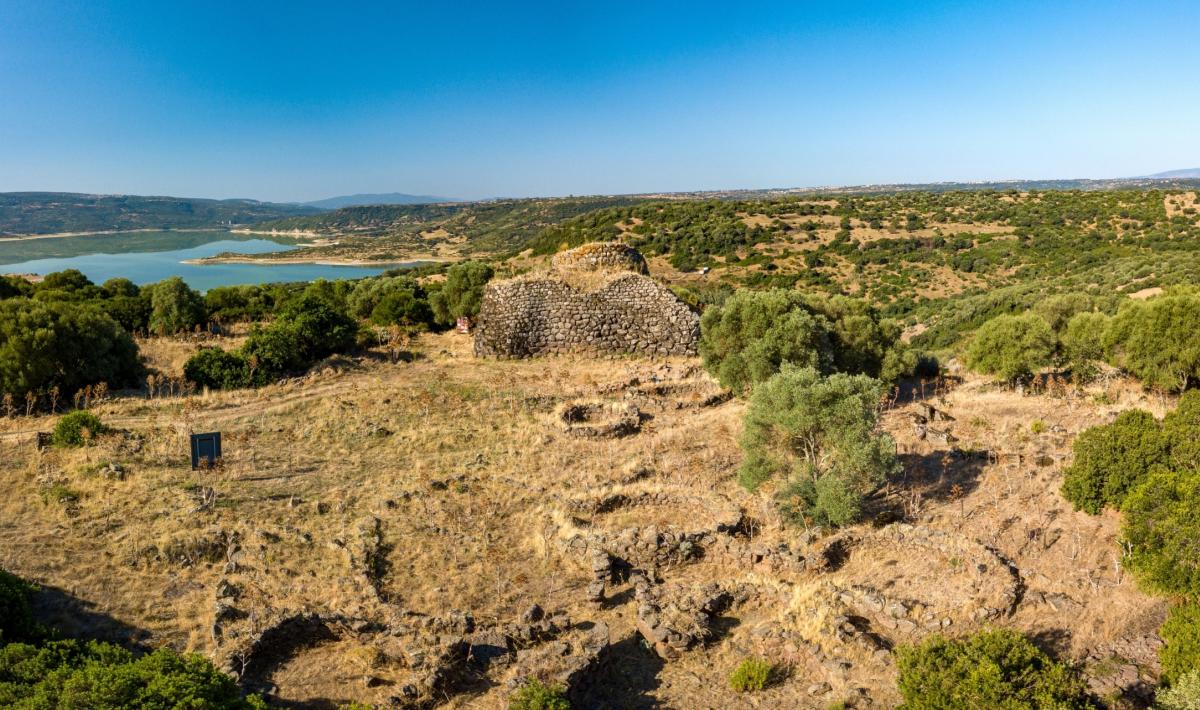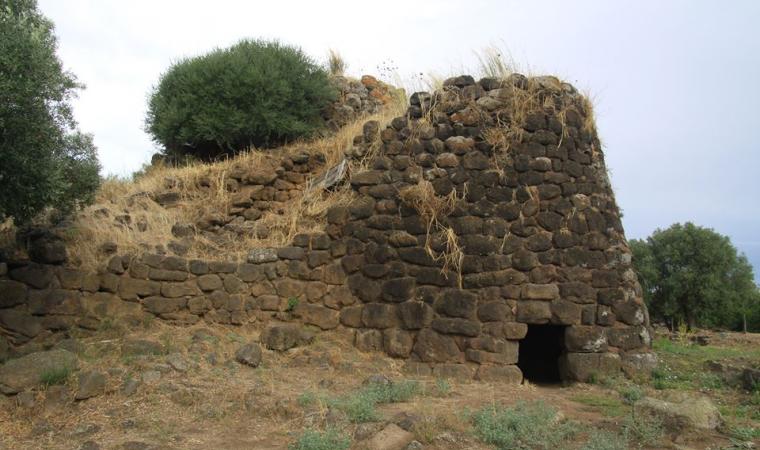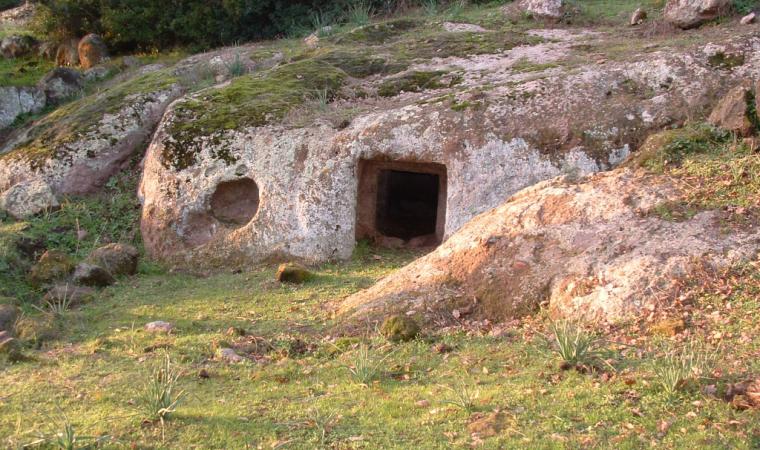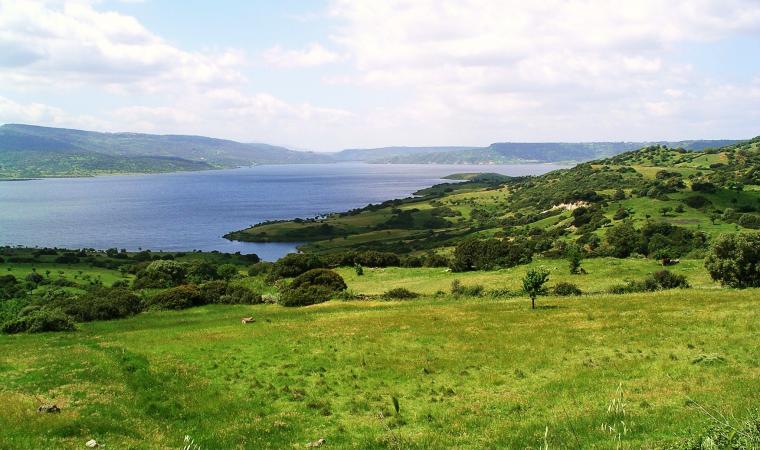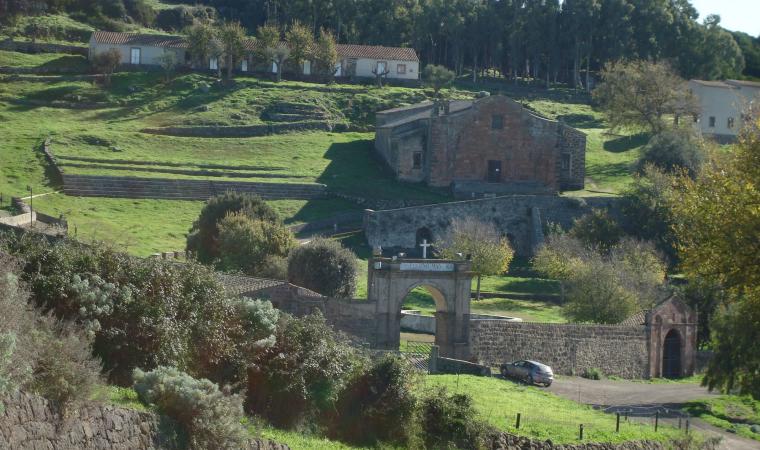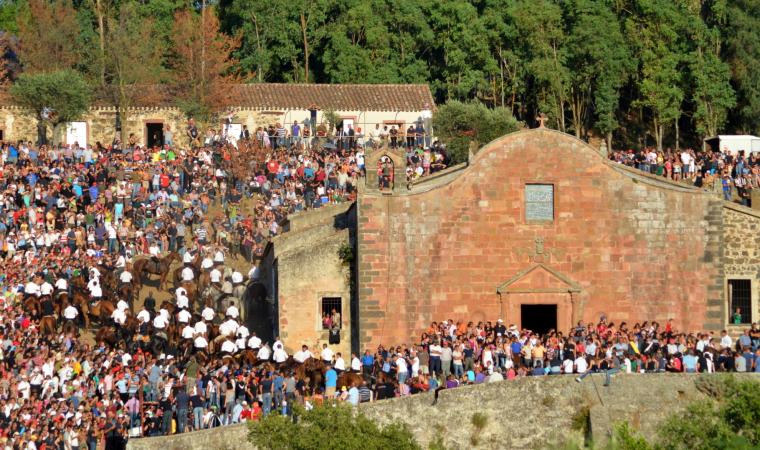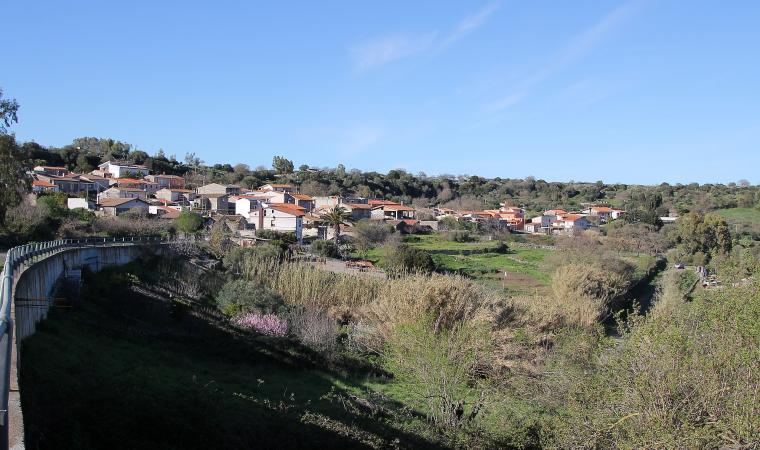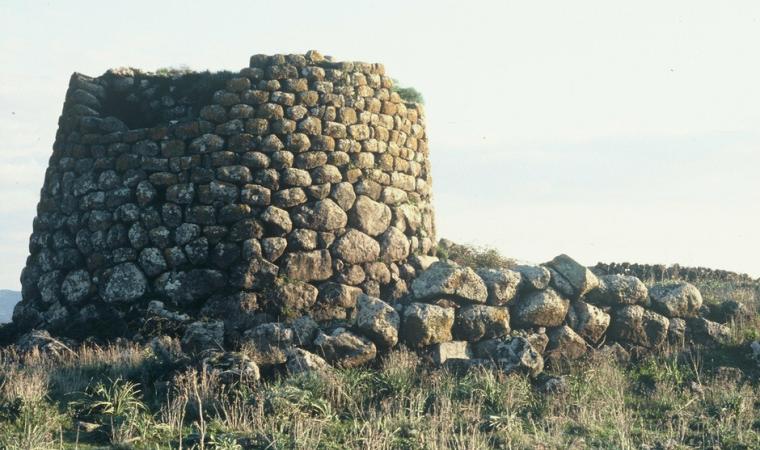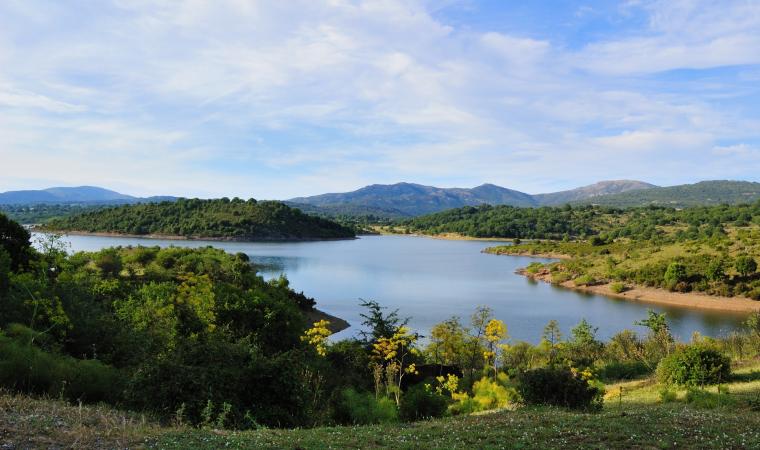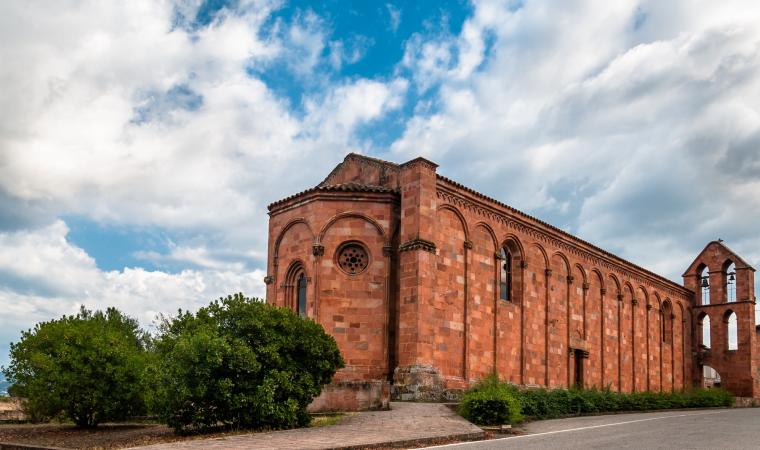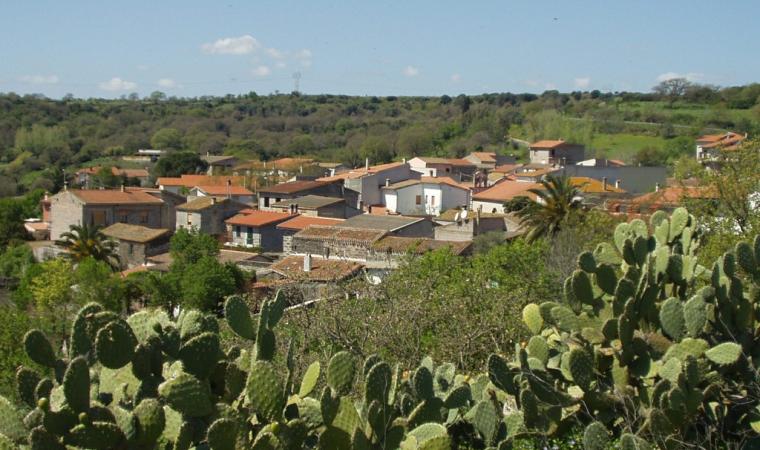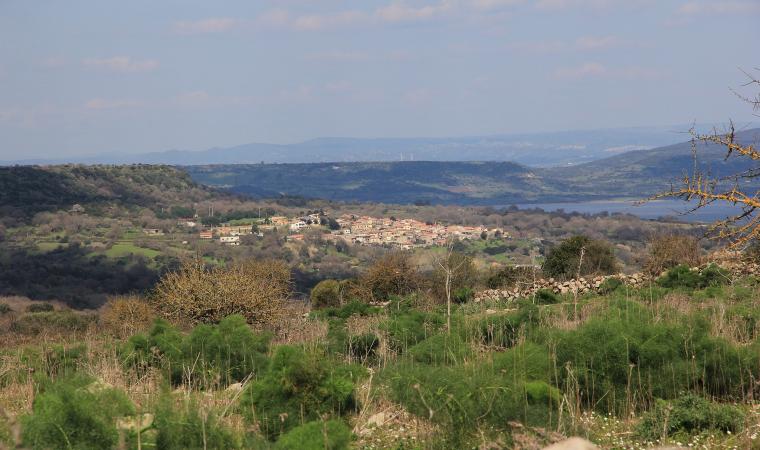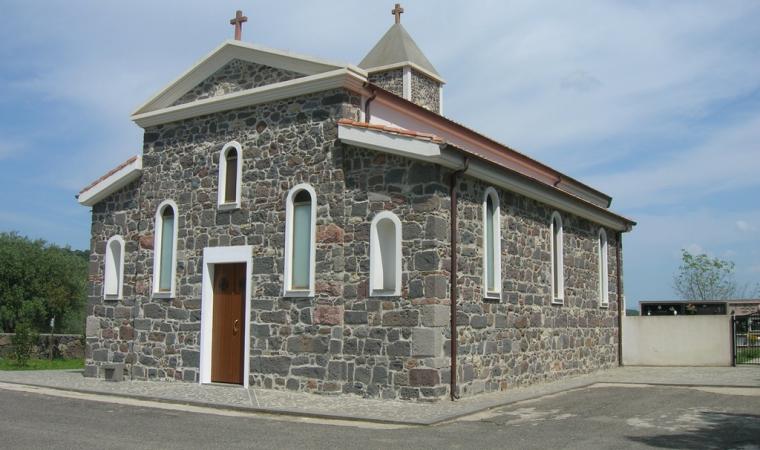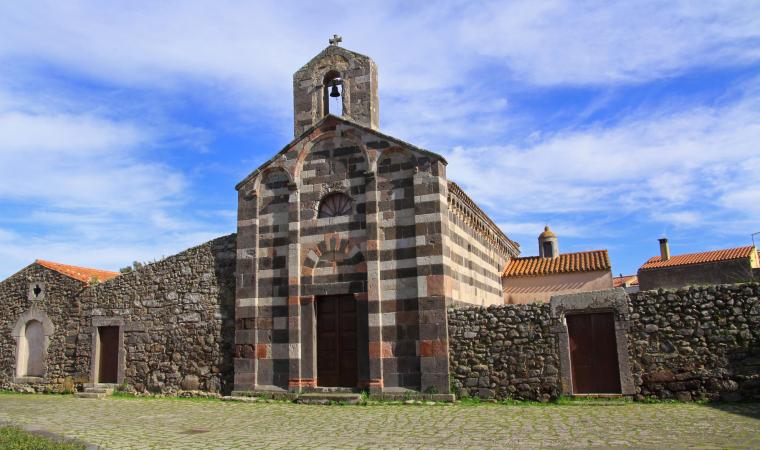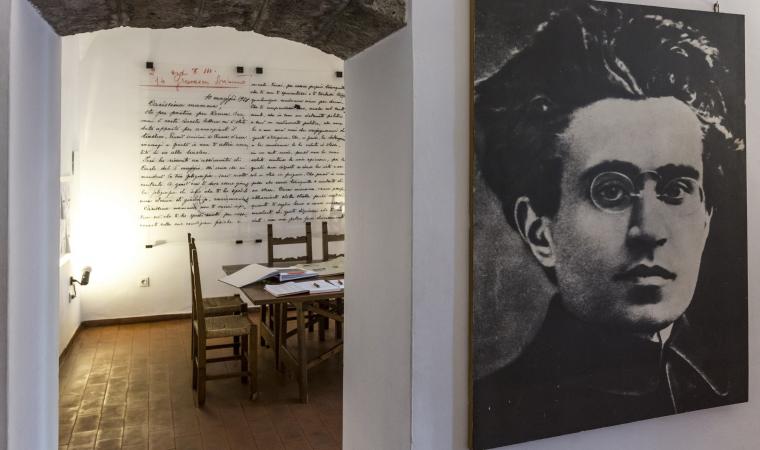A welcoming, scenic plateau has seen various civilizations succeed each other over thousands of years, starting from the Neolithic period. The village of Iloi - pre-Nuragic, then Nuragic - is located at a height of 270 metres and it is probable that the people who inhabited it controlled the territory, which was crossed by numerous rivers at the time. It is also very probable that they celebrated mysterious rituals there and it is certain that they buried their dead there, leaving precious traces. The site, now an archaeological park, is just two kilometres from Sedilo and dominates the ancient Tirso river valley, with a panoramic view of the northwestern shore of Lake Omodeo.
The complex nuraghe takes centre stage inside the park, a construction with three towers, with a trapezoidal body leaning against it, which perhaps represents the original core of the structure, to the point of assuming that it was a corridor nuraghe, dating back to between the end of the Early Bronze Age and the beginning of the Middle Ages. The trefoil building, on the other hand, was built in several phases, up to the Late Bronze Age, and has a concave-convex shape. The eastern tower is the best preserved: when going in through an architraved entrance, you will see a vaulted tholos chamber with a niche and the traces of an obstructed passage on the left wall. You will also notice a large stretch of curtain wall that connects it to the north tower, which is inaccessible due to collapses. The keep still has the first rows of basalt blocks up to two and a half meters in height.
Around the nuraghe you will see numerous circular constructions. These are the remains of the huts of the Nuragic village, which originally extended for about two hectares. Some of them had cult functions, while others were positioned around a common open space. The ‘cemeteries’ of the Nuragic peoples of Iloi were two Tombs of Giants. The outline of the corridor of one of them, not yet investigated, can be distinguished; while the other is well preserved and has the classic layout: a central apsidal body, a covered funerary corridor and an exedra façade, in which you will notice a counter-seat interrupted by a circular platform near the entrance. The floor of the corridor is paved with slabs.
About 300 metres from the Nuragic remains, going down to halfway up the plateau, you can see the most evident traces of the populations who preceded them: these are the 33 domus de janas that form the necropolis of Ispiluncas, dug out of the tuff in the Late Neolithic period. The domus, divided into two groups, are partly multi-cell and partly single-cell. ‘Tomb 2’ is divided into 13 rooms and shows traces of red paint. ‘Tomb 3’ has a central quadrangular room around which there are secondary rooms. Both burial areas were used until the Early Middle Ages.
The park of Iloi is the maximum archaeological expression of the territory of Sedilo, which is also very rich in places of naturalistic interest: the area around the Omodeo is ideal for trekking excursions and its waters are perfect for canoeing. Another major attraction, just outside the town, is the sanctuary of San Costantino, where the unbridled horse race Ardia takes place in July, surrounded by cumbessias, the lodgings intended for accommodating pilgrims.

